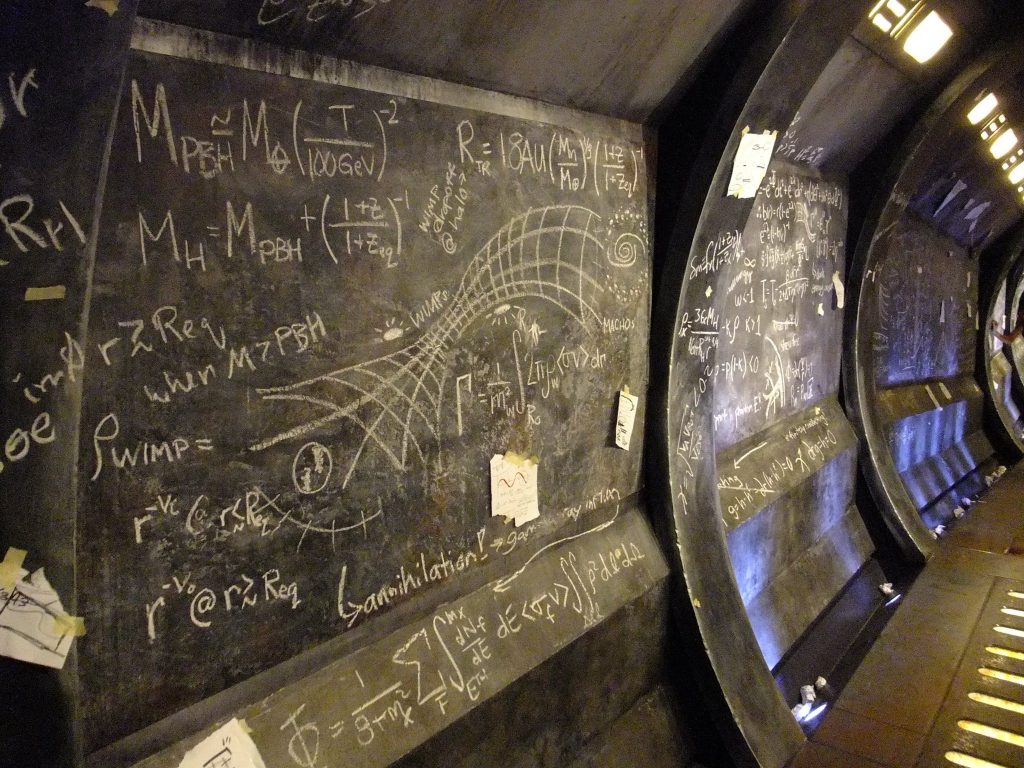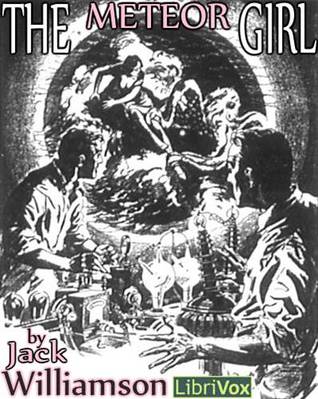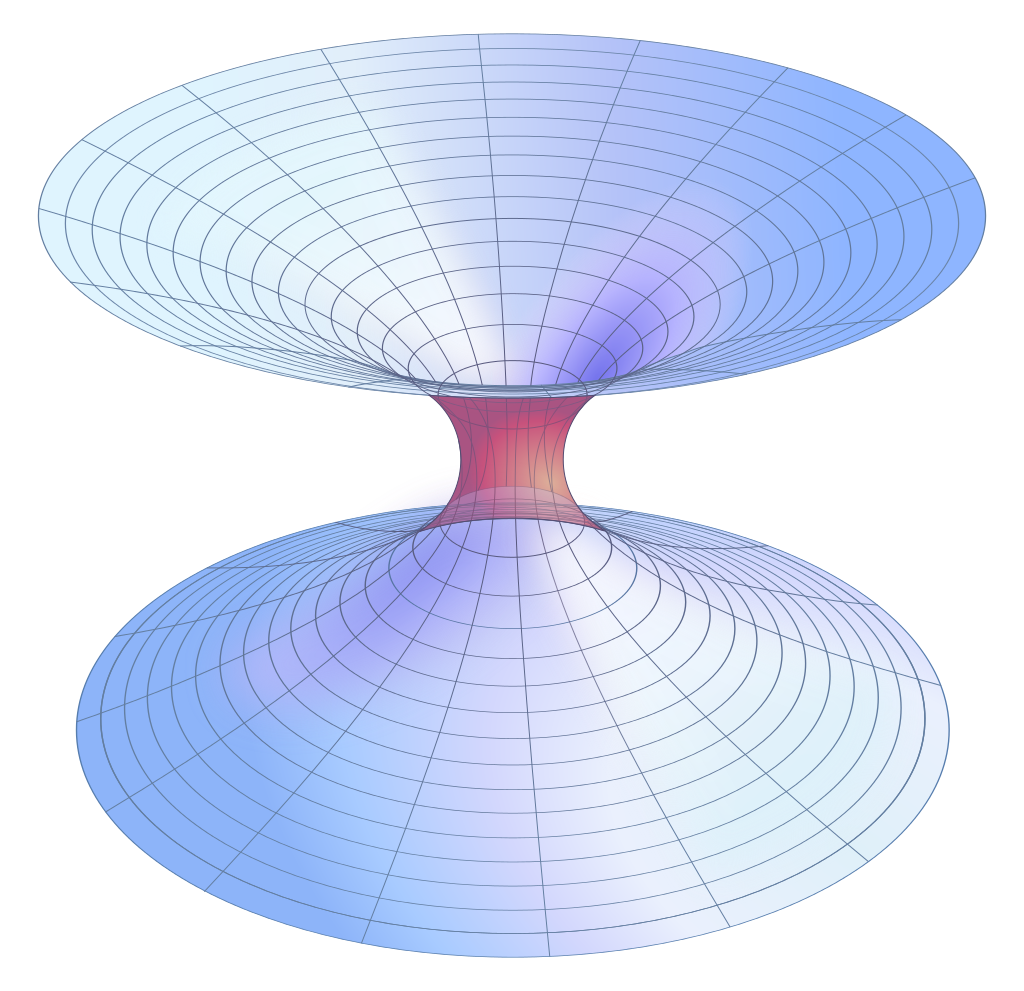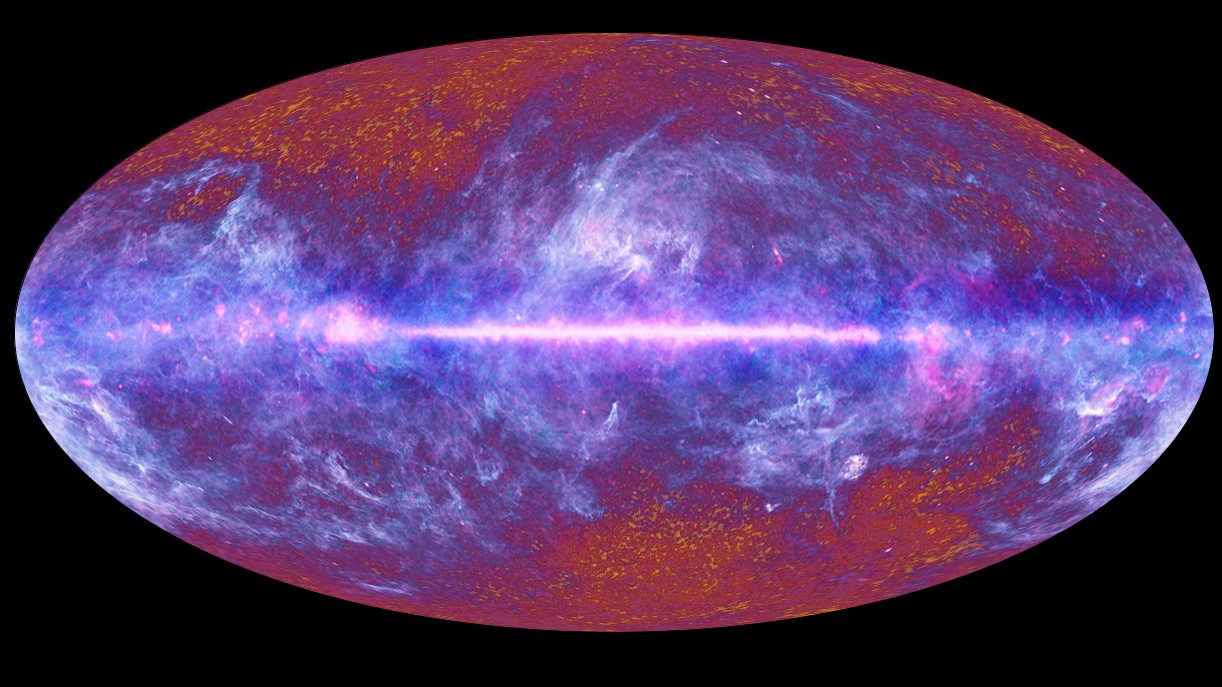Almost three decades ago, the movie Stargate popularised the idea that alien civilizations were merely a hop, skip, and a jump away, thanks to wormholes.
Wormholes are portals to different places and times that have been postulated by scientists for more than a century and continued to be used in the movie’s TV spinoffs, notably Stargate SG-1 that celebrates its 25th birthday this month, the longest consecutive running American sci-fi TV series.

The spinoffs were filmed in and around ‘Hollywood North’ – the city of Vancouver, British Columbia, Canada, home of one of the advisors, Mika McKinnon, a freelance scientist now working on NASA’s Project Espresso, which is exploring where robots could land on small bodies in the Solar System.
“You get more interesting stories when you have rules that you have to work within – it’s not fun if you can always just magic your way out of a situation and there’s no tension”, she says.
“We were incredibly consistent, not only using real wormhole science but a specific type,” adds McKinnon. “Every time we had a new episode, I would go and check if there were any new relevant physics papers. I had about 700 papers by the time we finished.”

Wormholes also figure in a wide range of other science fiction, from the film Interstellar and the Marvel cinematic universe to various TV series, such as Babylon 5, Farscape, Star Trek: Deep Space Nine and the longest running sci-fi series of all, Doctor Who.
Perhaps the oldest reference to these cosmic portals can be found in The Meteor Girl, the 1931 book by the American science fiction writer Jack Williamson but the understanding of wormholes has been evolving for even longer.

“Like everything in science fiction, wormholes vary across the genre from rigorously explored phenomenon whose scientific implications are the centrepiece of the story, to simple plot devices,” comments Glyn Morgan, Science Museum curator. “In our forthcoming immersive Science Fiction exhibition, for example, we make use of portals which harness wormholes as a way of transporting visitors to new locations”.
The science of wormholes dates back to 1916, when Ludwig Flamm at the University of Vienna realised that the equations behind a black hole have an equal but opposite solution, a ‘white hole’, which cannot be entered from the outside, although things can escape from them.
Flamm noticed that the two solutions could be mathematically connected by space-time conduit, and that the black hole “entrance” and white hole “exit” could be in different parts of the same universe, even different universes.
But this connection is not traversable by humans. Alexey Milekhin of the University of California, Santa Barbara, who studies wormhole physics and was inspired by Interstellar, comments that to pass from a black to the white hole, you would have to traverse a singularity, which is infinitely small and dense, where the laws of physics break down “and that’s a problem.”
Einstein himself explored these ideas further in 1935, along with the American Israeli physicist Nathan Rosen, and the two achieved a solution known as an Einstein-Rosen bridge which could pave the way to the possibility of moving colossal distances.

But, says Milekhin, the troublesome singularity still remained along with a related problem – that is, according to research by the British Nobelist Sir Roger Penrose – which is that the black hole has an event horizon—the boundary beyond which gravity’s inexorable pull allows nothing, not even light, to escape.
Nor could an Einstein-Rosen bridge exist for long enough for light to cross from one part of the universe to the other. In effect, gravity slams this interstellar doorway shut.
In 1987, Nobelist Kip Thorne, Michael Morris and Ulvi Yurtsever speculated that with the help of quantum theory – the bizarre theory that governs the subatomic world in terms of probabilities, not certainties – it might be possible to travel between different places and times through wormholes. (Thorne advised on the science fiction of the book and movie Contact and the movie Interstellar too.)
For a wormhole to be held open, and the event horizon to be banished, Thorne and colleagues calculated that its throat would have to be filled with ‘exotic matter’, or some form of field that, because of quantum fluctuations, could exert negative pressure or negative energy associated with antigravity.
However, finding enough exotic matter to prop open the maw of the wormhole proved a challenge: “You need to somehow expand the spacetime inside the wormhole so that you can go through,” says Milekhin.
This was the flavour of wormhole science used in the Stargate spinoffs, comments McKinnon. “This science was good. Everything else was an engineering problem – the fact that the engineering problems were significant, and we had no idea how to solve them, was a trivial detail!”
Five years ago, Ping Gao and Daniel Jafferis, both then at Harvard University, and Aron Wall, then at the Institute for Advanced Study in Princeton, reported a way to hold open wormholes with quantum entanglement—a kind of long-distance connection between quantum entities.
But known laws of physics suggested that this solution only worked for microscopic wormholes and, adds Milekhin, ‘it only allowed you to pass through for a short and limited time.”
More recently, Juan Maldacena of the Institute for Advanced Study and Alexey Milekhin, who was based at that time at Princeton University, published a paper entitled ‘Humanly traversable wormholes’ in the journal Physical Review D.
They calculated that traversable wormholes would look to us a bit like middling black holes and could in theory be traversed by the cast of Stargate by adopting a model of a higher dimensional universe put forward in 1999 by Lisa Randall and Raman Sundrum to understand why some forces are so strong compared to gravity, which also predicts the existence of dark matter, a source of gravity.
The maw of these stargates would be around the size of the Earth. Forces would be around 20 times those of our gravity, which is high but survivable by any spacetime-surfing humans.
Travel times are on the order of 20,000 years, as seen from the outside. However, from the viewpoint of the traveller, the trip lasts just a few seconds, due to the large distortion of spacetime.
This is one of the consequences of Einstein’s theory of gravity, general relativity, where time would tick more slowly for the person inside the wormhole.
“As you go inside, you are accelerated to a velocity very close to speed of light and one nice thing about this is that wormhole travel is environmentally friendly,” says Milekhin. “Because it’s the force of gravity which accelerates and then decelerates your ship, you wouldn’t need to use any fuel.”
But, aside from setting up the wormhole in the first place, problems remain. The new work has identified that “a wormhole has to be very clean before it can be traversed”, stresses Milekhin. “In our universe, remnants of The Big Bang, the cosmic microwave background radiation, fill the space around us. But when they go inside the wormhole, they acquire a very high energy so, if they collide with your spaceship, it will be a problem. Inside a wormhole, even this tiny radiation gets so boosted it can burn your spaceship.”

“The issue of wormhole cleanliness is not just about the cosmic microwave background,” he adds. “Any kind of dust or debris will lead to disastrous consequences.”
Milekhin is now working on how to form a wormhole and is also searching for evidence of naturally-occurring wormholes: “If I had to bet on it, I would say they exist.”
However, if we did find a natural wormhole in our cosmic backyard, he adds: ‘We will have to clean it first, which might take a very long time.”
“If we were still filming Stargate, it would be super fun to be able to take the constantly evolving science and ask if we could we get contamination protection in the wormhole,” adds McKinnon. “I don’t see any reason why we can’t just keep chipping away at problems like this and I would like to think we will see wormholes – on a microscopic scale for a fraction of a second – in my lifetime.”
Science Fiction: Voyage to the Edge of Imagination is open at the Science Museum until 20 August 2023. Book your tickets now
